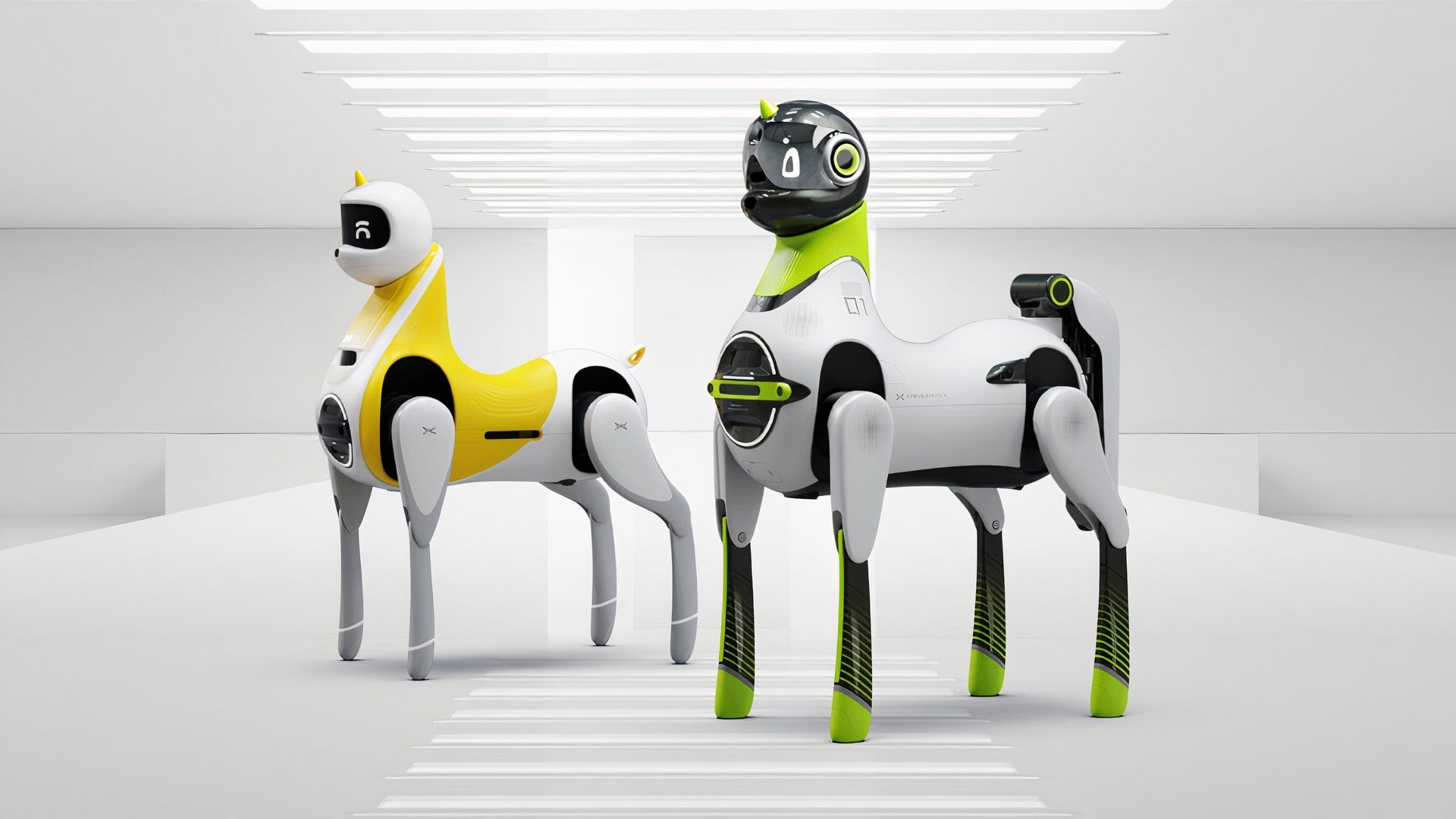When you think of robotics, you probably don’t think of animals you can ride. Kawasaki seeks to change that, unveiling a wild concept for a hydrogen-powered quadrupedal robot that you can ride like a horse as it leaps through rocky terrain.
It sounds a little crazy, but it might be the way of the future.
The Corleo, a Rideable Robot Animal
Allow me to introduce the Corleo, a concept vehicle from Kawasaki Heavy Industries. Honestly, I’m not sure if calling it a horse is accurate. Maybe it’s a dog, or maybe we shouldn’t try to label it as any type of animal. Regardless, the Corleo is a quadrupedal robot that you steer with your body, using AI vision to identify pathways and obstacles so it can navigate terrain, not much different from a robot vacuum cleaner. Oh, and it seats two people, because why not?
Admittedly, the animal that most closely fits that description is a horse, and I suppose some people would actually prefer the Corleo over the real deal—this robot animal always behaves, and its only waste product is clean water thanks to its hydrogen-fueled engine. So not only is it clean, but it can even keep you hydrated on your riding trips. Nifty.
The Corleo was revealed at Osaka Kansai Expo, and its concept includes all sorts of incredible features aside from the hydrogen cells. It has hoof-like feet with gripping rubber treads. It has adjustable stirrups for riders of different lengths, a floating seat unit that can move independently of the robot’s main body, and the rear legs have a special joint that allows for extra maneuverability and impact resistance.
It even has a wind-deflecting screen like a motorcycle, which is concerning, because you’d only need that if the Corleo was intended to move at pretty high speeds. Granted, Kawasaki’s concept videos do show the Corleo doing a lot of off-road adventuring, even leaping between rocks and sprinting on rough terrain, with the embodied AI brain analyzing the terrain to make safe movements guided by the rider’s body. It’ll even have special nighttime functions.
Now, I know what you’re thinking—this sounds kind of ridiculous, and April Fools’ wasn’t that long ago. But the Corleo was unveiled on April 4th, so unless Kawasaki was late to the party, the Corleo is not a joke. But it’s not real, either. It’s an amazing concept, but for now, it’s only a concept.
The Corleo is Not a Real Machine…Yet
Unfortunately, you can’t believe everything you see on the internet. Kawasaki’s show-off video for the Corleo is obviously CGI, and no robot like it currently exists for real. Kawasaki revealed on X (formerly Twitter) that they have a prototype that can stand and pose, but it’s definitely not capable of all the fancy stunts we see it doing in the concept video. In fact, Kawasaki is envisioning this as an idea for a project in 2050, more than two decades from now.
I know, sorry to burst your bubble. I was also looking forward to this huge step toward a robot uprising that destroys humanity. Although the Corleo is just a soft idea for the future, Kawasaki just might pursue such a project going forward. There are very real applications for this type of mountain-climbing quadruped robot. Even if it didn’t support a rider, such a robot could be used for search and rescue operations and exploration of hazardous environments like canyons or ravines.
As for whether it will take until 2050 to see something that advanced, it’s hard to say. We actually already have real quadruped robots designed to carry people, such as the XPeng Unicorn, a small robot revealed at last year’s 45th Bangkok International Motor Show. Not only can it support the weight of a small child, but it’s even got a fully-actuated robot arm for a tail, capable of picking up objects of about six pounds.
That little unicorn is a far cry from the Corleo concept, but it proves that quadrupeds ridden by humans are already an idea that companies are making reality, and rest assured, there’s definitely going to be a growing market for child companion robots going forward, so this angle for robotics is almost certainly going to see more research and development.
At the rate we’re going, I’m sure there will be quadruped robots an adult can ride long before 2050, though it might not be as incredible as the Corleo concept.
Currently, the Corleo is nothing more than a pipe dream, a cool idea scribbled on the back of a napkin that’s not feasible in 2025 and probably not even in 2030. But it’s a great example of what humanity is planning for the future of robotics.
Every amazing invention starts as a seemingly unfeasible idea, until people start working out the specifics of the problem. It may be several decades yet, but I truly believe we’ll see something like the Corleo in the future.







